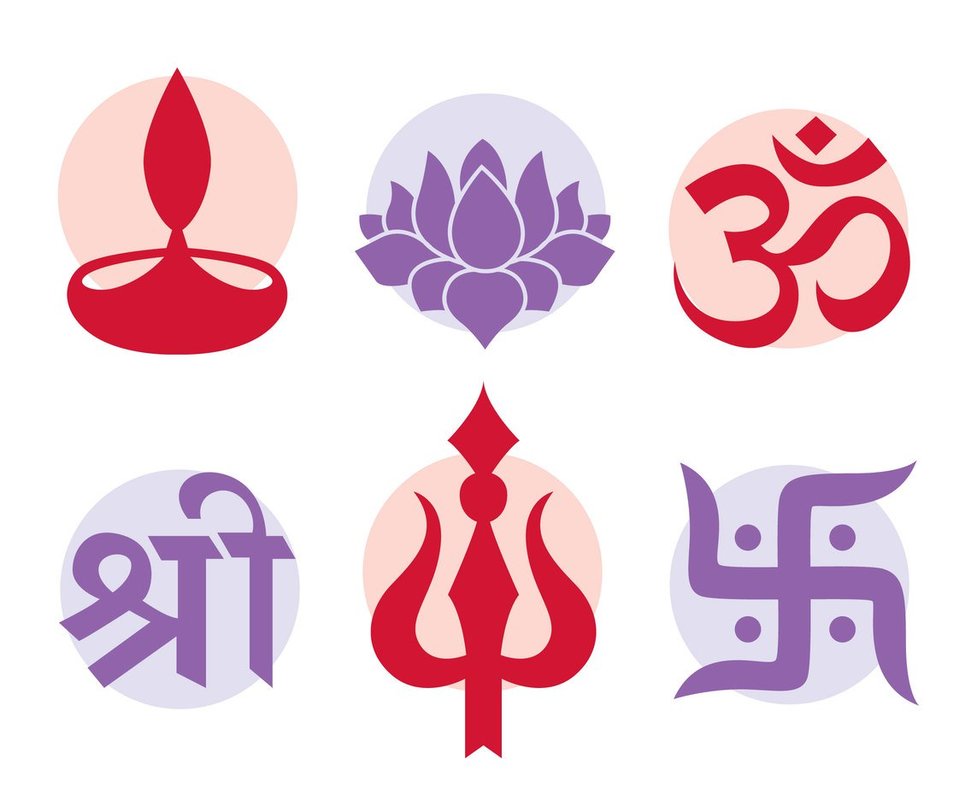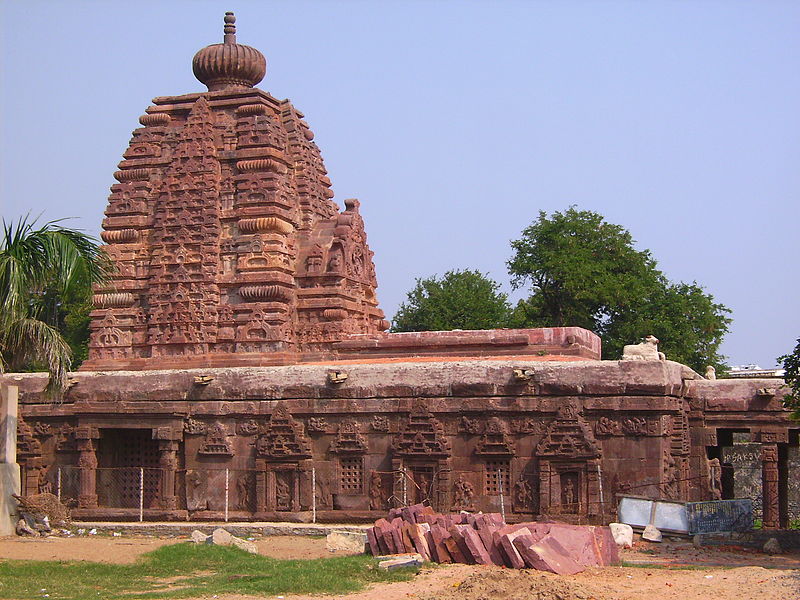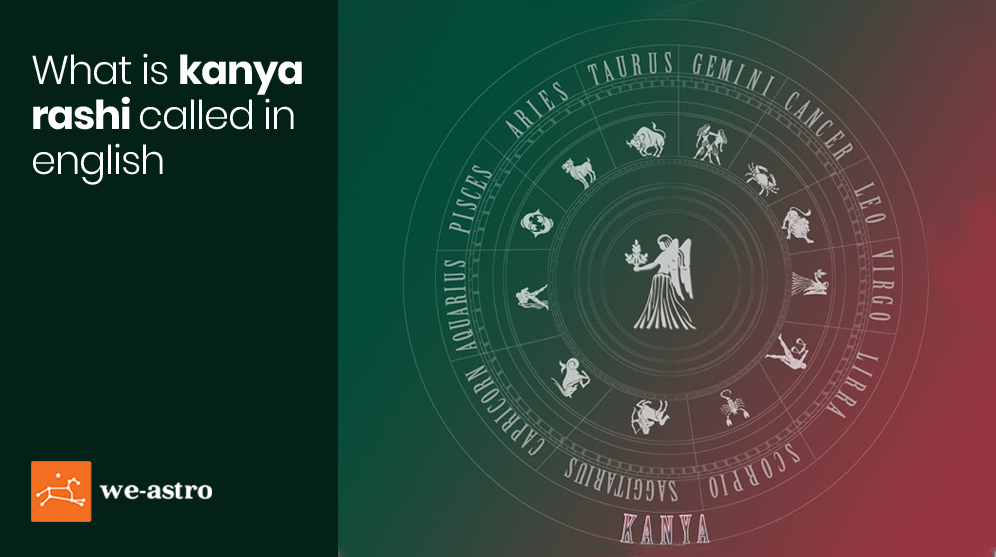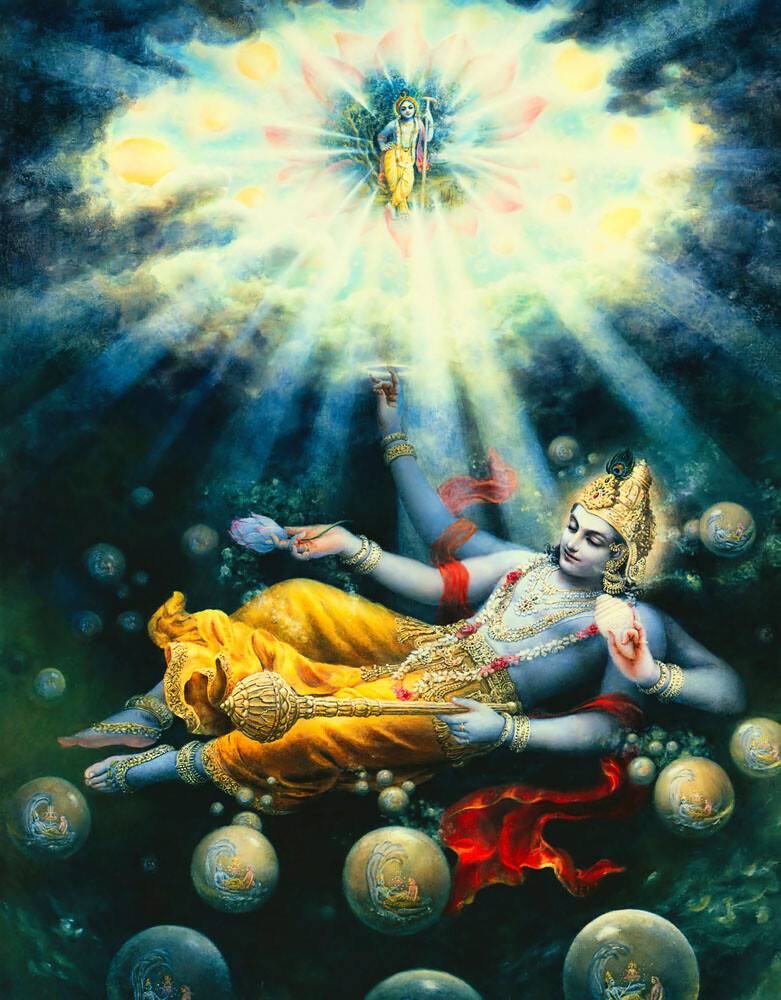Unraveling the Mystical World: The Intricate Tapestry of Hinduism's Sacred Symbols
Discover the rich symbolism within Hinduism, exploring sacred icons, deities, and spiritual concepts that shape this ancient and diverse religion.

When it comes to Hinduism, one can find a treasure trove of rich symbols that hold profound meanings and deep philosophical concepts. Symbols in Hinduism are not just mere decorations or artistic expressions, but rather they act as powerful reminders of the divine and spiritual truths that exist within this ancient tradition. In this blog post, we will explore some of the most significant symbols of Hinduism and the meanings they represent.
Perhaps the most well-known symbol in Hinduism is the Om or Aum. This sacred syllable is said to encompass the entire universe and represents the ultimate reality or consciousness. It is believed that chanting or meditating on the Om can lead to spiritual awakening and realization of the divine. The Om is commonly found in Hindu temples, sacred texts, and even adorning the bodies of Hindu devotees in the form of tattoos or jewelry.
Another important symbol in Hinduism is the Swastika. Contrary to its negative association with Nazi Germany, the Swastika has been an auspicious symbol in Hinduism for thousands of years, symbolizing good fortune, prosperity, and well-being. It represents the eternal, ever-changing cosmos, with its four arms denoting the four directions and four aspects of human pursuit – Dharma, Artha, Kama, and Moksha.
The Lotus is yet another significant Hindu symbol, representing spiritual enlightenment, purity, and the divine. It is believed that the Lotus blooms in the darkest and murkiest of waters, signifying the soul's ability to rise above the material world and attain spiritual awakening. The Hindu deities are often depicted seated on a lotus, symbolizing their divine and enlightened nature.
The Trishul, or the trident, is a powerful Hindu symbol associated with Lord Shiva, the god of destruction and transformation. The three prongs of the Trishul represent the trinity of creation, preservation, and destruction, as well as the three gunas or qualities of nature – Sattva, Rajas, and Tamas. The Trishul also symbolizes the balance and harmony between these cosmic forces, teaching us that we must embrace all aspects of life to achieve spiritual growth.
In conclusion, the rich tapestry of symbols in Hinduism serves as a visual language, representing the vast and complex spiritual concepts that underpin this ancient faith. By understanding and appreciating these symbols, we can gain a deeper insight into the profound wisdom and timeless teachings of Hinduism.




